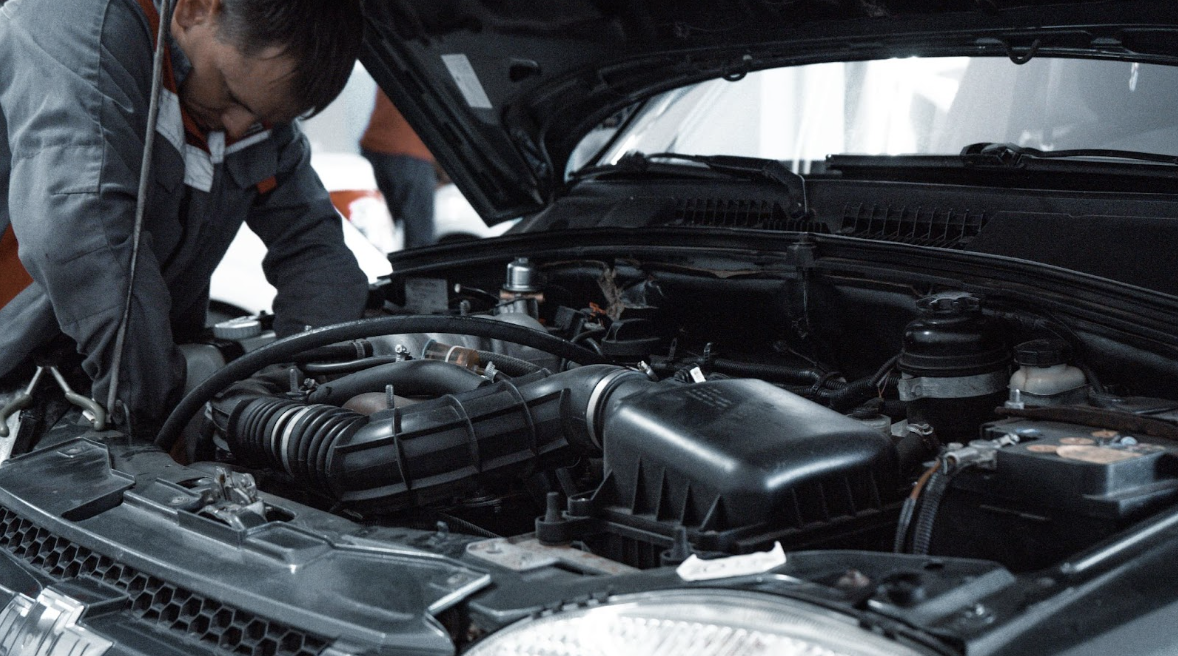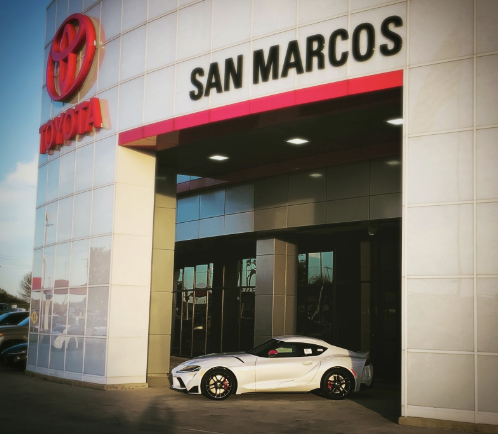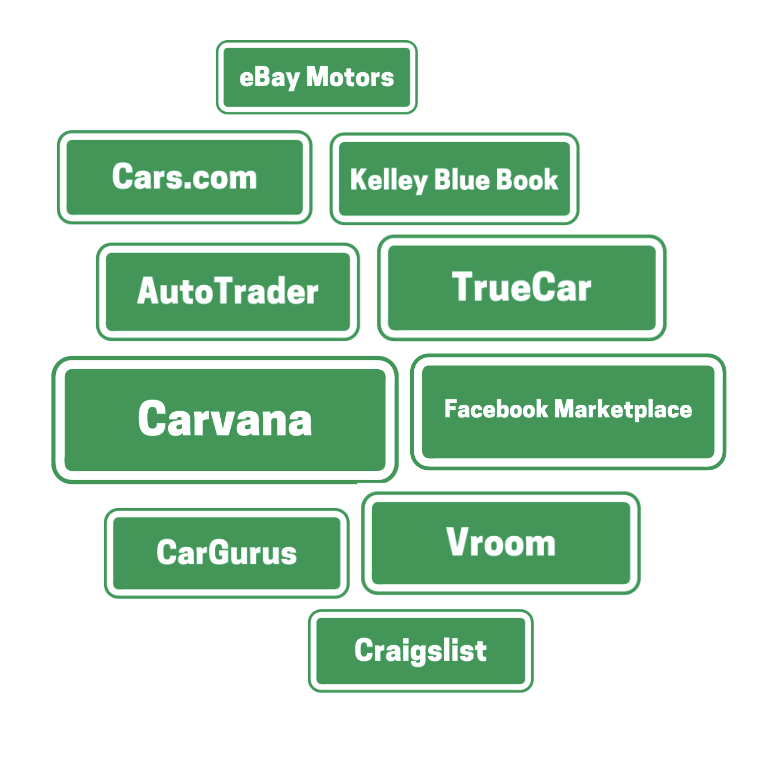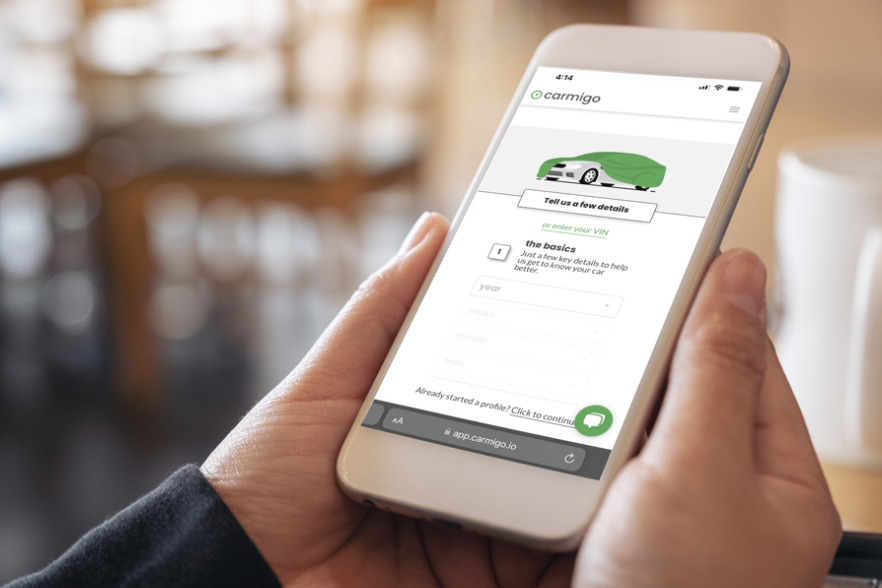Determining the Best Time to Sell
If you're considering selling your car, timing can play a crucial role in maximizing its resale value. Choosing the right moment to sell can make a significant difference in the amount of money you receive. Many factors, such as market conditions, seasonal trends, and your car's condition, impact the optimal time to sell. Here are some things to consider when you want to determine when to sell a car:

One of the primary factors to consider when determining the best time to sell your car is market demand. Keep an eye on trends in the automotive market, including fluctuations in prices and demand for certain types of vehicles. Online car marketplaces and classified ads can provide insights into the current market conditions. If the demand for your car’s make, model, or specific features is high, it could be a favorable time to sell.

Seasonal trends can significantly impact the selling price and demand for your car. In general, the demand for convertible or sports cars tends to increase during the spring and summer months when people are looking to enjoy the open road. On the other hand, four-wheel-drive vehicles, SUVs, and trucks may be more sought after during the winter months, particularly in areas with harsh weather conditions. By aligning your sale with the appropriate season, you can potentially attract more interested buyers and secure a better price.
During the spring and summer months, there is typically an increase in the demand for convertible and sports cars. As the weather improves and people seek to enjoy the open road, the allure of these types of vehicles grows stronger. If you own a convertible or sports car, selling it during this time may attract more potential buyers and increase the chances of obtaining a better selling price.
Additionally, families often plan road trips and vacations during the summer, leading to an increased demand for larger vehicles such as SUVs and minivans. If you own a family-oriented vehicle, selling it before the summer months can capitalize on this heightened demand.
While demand for sports cars and convertibles may decline in the fall and winter, there are still opportunities to sell your car during these seasons. As the colder months approach, four-wheel-drive vehicles, SUVs, and trucks become more desirable, particularly in regions with inclement weather. People are often searching for vehicles with enhanced traction and safety features to navigate through snow, ice, and challenging road conditions.
If you own a vehicle suited for winter driving, consider selling it in the months leading up to winter. This way, you can target buyers who are specifically looking for these types of vehicles, potentially resulting in a higher selling price.
The end of the year and the beginning of a new year can also present opportunities for selling your car. Dealerships often offer discounts and promotions during this time to clear out inventory and make room for new models. As a result, some buyers may be in the market for used cars, looking to take advantage of the reduced prices on new vehicles.
Selling your car toward the end of the year can tap into this heightened demand for used cars while buyers are actively searching for deals. Additionally, some individuals may receive year-end bonuses or tax refunds, which can influence their purchasing decisions.

The mileage and condition of your car are important factors that influence its value. Higher mileage or significant wear and tear can negatively affect your car’s marketability and resale price. If your vehicle has accumulated excessive mileage or requires costly repairs, it might be wise to sell it sooner rather than later. Conversely, if your car is in excellent condition or has low mileage, you may consider holding onto it a bit longer to maximize its value.
The mileage of a car refers to the total distance it has traveled. In general, lower mileage tends to be more appealing to potential buyers, as it suggests that the vehicle has been driven less and may have less wear and tear. Consequently, a car with lower mileage often commands a higher resale value.
The condition of your car encompasses both its mechanical reliability and its physical appearance. A well-maintained and visually appealing vehicle will generally have higher market value compared to one with visible signs of wear and neglect.
The overall appearance of your car is also crucial in attracting potential buyers. Ensure that the exterior is clean and free of major dents, scratches, or paint damage. The interior should be tidy, without excessive wear or tear on the upholstery, dashboard, or controls. If your car requires significant cosmetic repairs, such as repainting or fixing major dents, it might be beneficial to address these issues before selling it, as it can improve its marketability and perceived value.

Routine maintenance and repairs can also impact the decision to sell your car. If you’ve recently invested in major repairs or have a well-documented service history, it may be beneficial to sell your car while potential buyers can see the value in those investments. On the other hand, if your vehicle requires significant repairs that outweigh its market value, it might be more prudent to sell it sooner to avoid further depreciation.

When new car models are released, the value of older models tends to decrease. If you own a popular make or model, consider selling it before a new version hits the market. By doing so, you can take advantage of the demand for the current model and potentially secure a higher resale value.
Stay informed about the release cycles of car manufacturers, especially for the make and model of your vehicle. Manufacturers often have predictable schedules for introducing new models or making significant updates. By researching and understanding these cycles, you can anticipate when your car’s value might start to depreciate due to the introduction of a newer version.
New car models often come with advanced features, improved technology, enhanced safety features, and better fuel efficiency. These updates can make older models appear outdated, leading to a decrease in their resale value. If you notice that a new model or significant updates are imminent, it might be wise to sell your car before the newer version hits the market. This way, you can capitalize on the demand for the current model and potentially secure a higher selling price.
When a new model is released, there is typically an initial surge in demand from eager buyers who want to be among the first to own the latest iteration. This increased demand for new models can impact the market for older versions negatively. As a result, the value of your car may decrease as more buyers shift their focus towards the newer options. By selling your car before the influx of new models, you can potentially attract more buyers and negotiate a better price.
The perception of your car’s make and model in the market also plays a role in determining the optimal time to sell. If a particular model has a reputation for rapid depreciation or becomes less desirable with the introduction of a new version, it might be advantageous to sell your car before that perception becomes widespread. However, if your car’s make and model tend to hold their value well, you may have more flexibility in deciding when to sell.
Car manufacturers sometimes introduce new models at higher price points compared to their predecessors. This pricing strategy can indirectly impact the resale value of older models. If the introduction of a new model leads to an overall increase in the price range for vehicles in your segment, it could positively influence the value of your current car. On the other hand, if the pricing strategy reduces the cost of the newer model, it may have a negative impact on the value of older versions. Keep an eye on pricing trends to make an informed decision about when to sell.

Your personal financial situation plays a crucial role in determining when to sell your car. If you need immediate funds or anticipate upcoming expenses, selling your car sooner may be necessary. However, if you can afford to wait for the optimal selling time, you might benefit from holding onto your car for a little longer.

One of the easiest and quickest ways to sell a car instantly is through Carmigo. The Carmigo marketplace has plenty of dealerships eager to give you offers on your car. The process to list is simple, and only tasks take a few minutes. After you answer some questions about your vehicle and snap a couple pictures, you’re well on your way to selling your car. Carmigo sends your car out to its huge network of dealerships and before you know it, your car sells instantly (or at least within a day). This is all done from your phone too, so not only is it quick – it’s extremely easy. Once your car sells, they pick it up and you get paid.